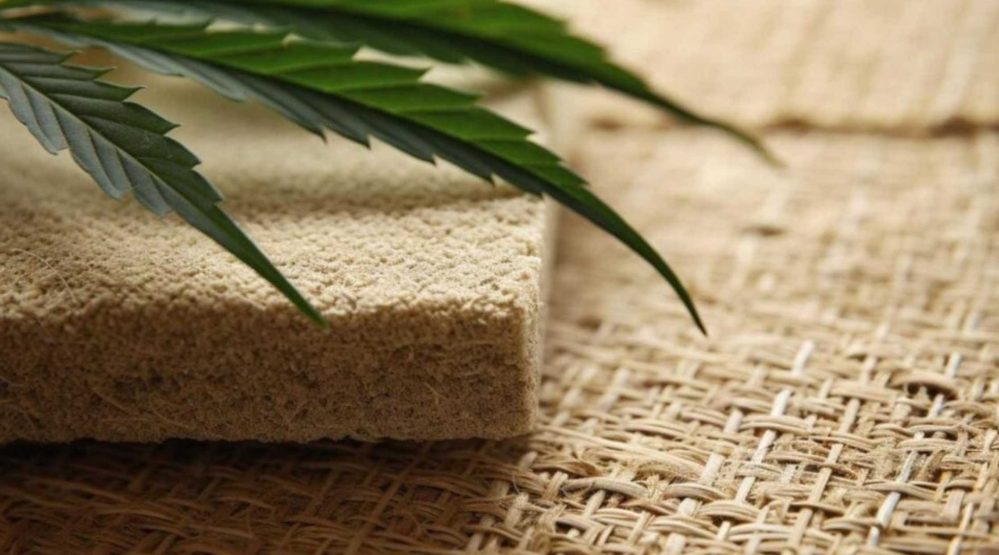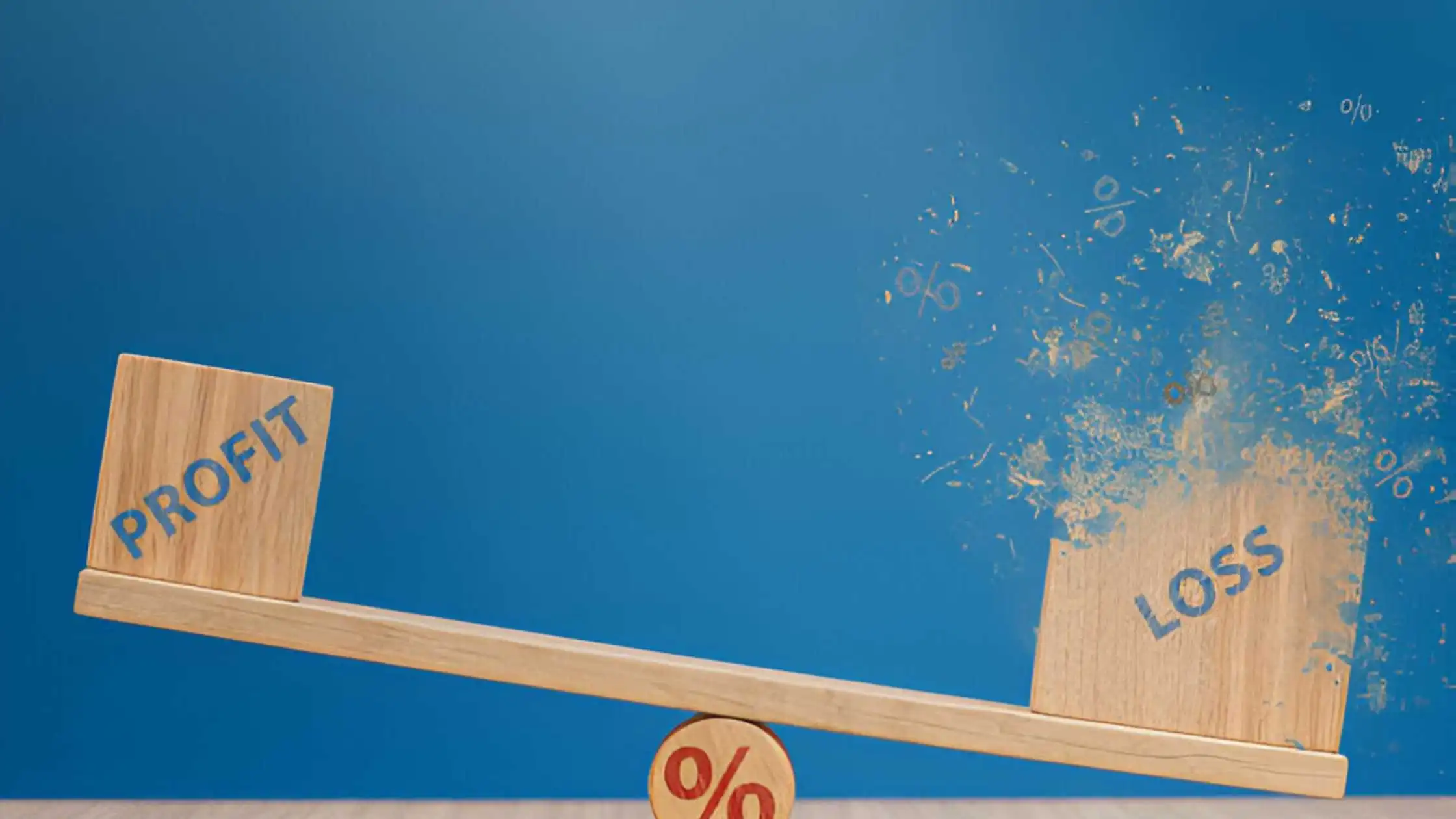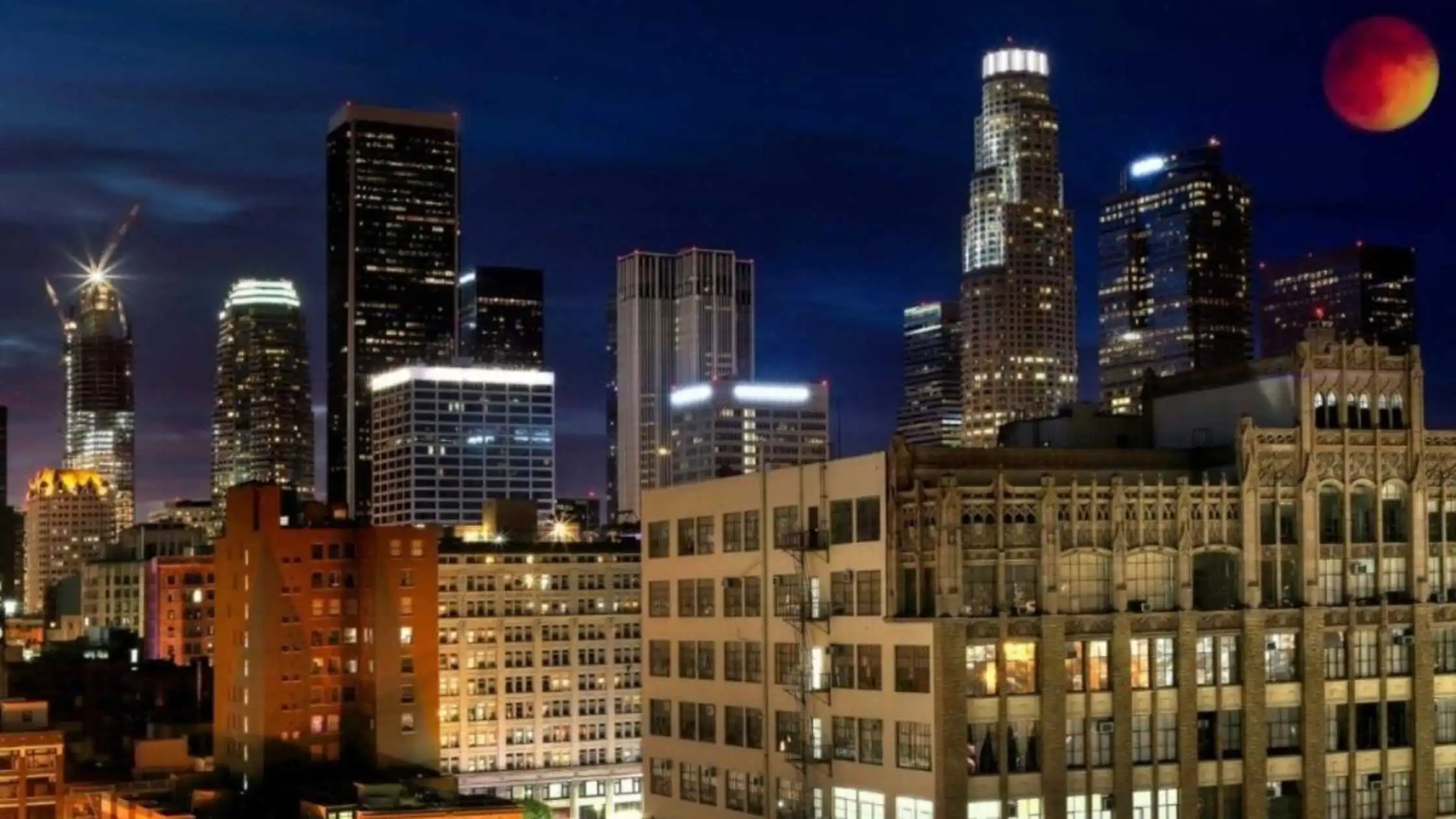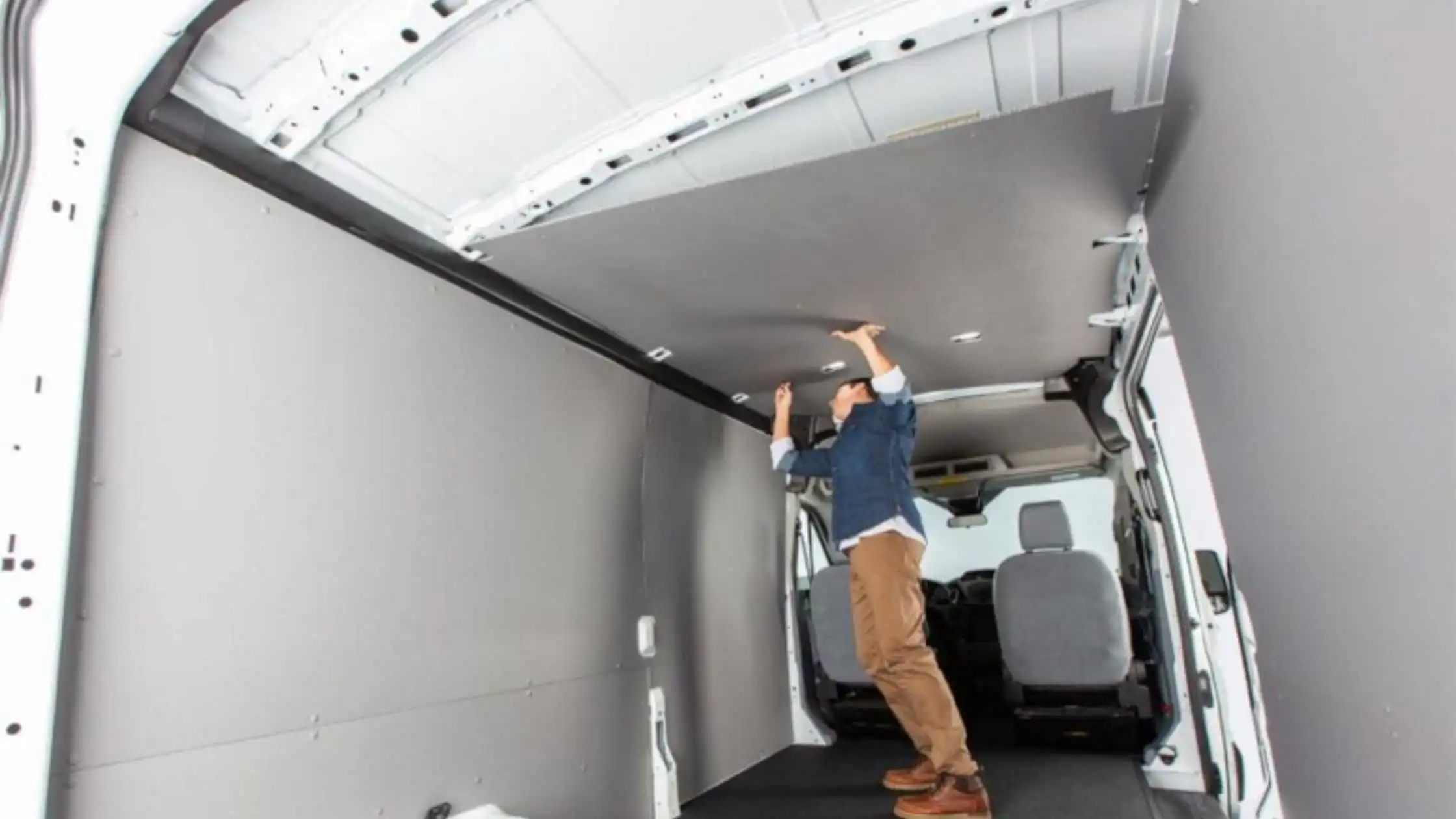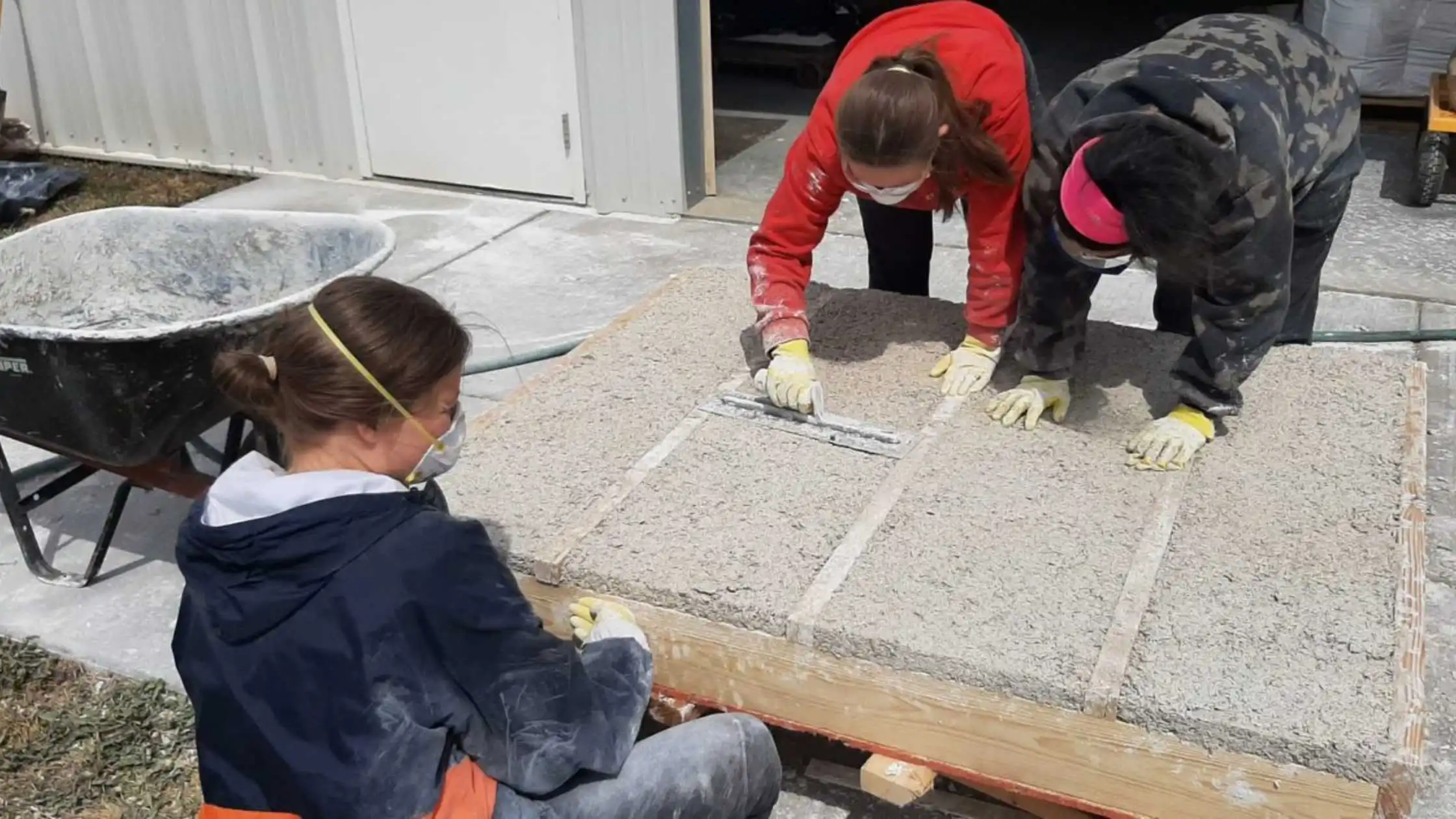Introduction
The construction industry seeks innovative solutions for reducing carbon footprints to achieve sustainable living and environmentally responsible construction practices. One such eco-friendly construction is possible with Hempcrete. Constructing buildings with Hempcrete is gaining popularity nowadays, as it is an eco-friendly substitute for construction materials. Hempcrete is an appealing alternative to traditional construction materials due to its exceptional green credentials, sustainability, and energy efficiency. Hempcrete is made with a blend of hemp fibres, lime, and water, offering an efficient alternative to the traditional construction material.
Understanding Hempcrete
Hempcrete is made with the fibre of the hemp plant by mixing it with a lime-based binder. Thus, it’s a bio-composite construction material. Hemp fibres are obtained from stalks of the plant containing traces of THC found in marijuana. Lesser amounts of THC present in Hempcrete do not produce psychoactive properties in Hempcrete. Thus, it is a legal material for use in construction materials in many countries of the world.
Environmental Benefits of Hempcrete
Renewable and Sustainable: Hemp is a renewable and sustainable plant that can grow in unfavourable conditions with less water and no pesticides. It is an eco-friendly plant that can ultimately grow in just four months. Thus, hemp makes a readily available renewable construction material.
Carbon Sequestration: The hemp plant is an excellent absorber of environmental CO2, making it an ideal carbon sequester. Its building fibres also fight against climate change as hemp construction material consumes a lot of carbon dioxide from the environment. Hemp structures can lock a considerable amount of carbon in themselves.
Low Embodied Energy: Hempcrete also reduces overall greenhouse gas emissions. Because manufacturing Hempcrete takes less energy than manufacturing conventional materials.
Biodegradable and Non-hazardous: Hemp-made construction material does not emit any hazardous compounds or gases. These materials are biodegradable and do not affect the environment, residents, or workers’ health throughout construction.
Hempcrete’s Properties
Thermal insulation: Hempcrete is an efficient thermal insulator, enabling a more pleasant and relaxed living environment. Hemp material is a natural temperature and humidity manager that eliminates the need for artificial heating and cooling systems.
Lightweight: They are easier to carry and handle during construction as they are lightweight compared to concrete materials.
Fire and Pest Resistance: Hempcrete is a highly fire-resistant material that increases the safety of houses or structures. They are also a natural pest, mould, and fungal resistant.
Breathability: The construction material made from hemp is highly breathable. It means Hempcrete does not lock moisture inside, repelling mould formation and improving the interior’s air quality.
Hempcrete Applications
Wall Insulation: Hempcrete is most typically used as a wall insulator. It can be cast as filler between wood or metal frames to provide a long-lasting, insulating layer.
Roof Insulation: Hempcrete may also be a lightweight and insulating roofing material.
Plaster and Render: Hempcrete may be used to finish interior and external surfaces as a sustainable plaster or render.
Flooring: Hempcrete flooring is gaining popularity due to its eco-friendliness and insulating capabilities.
The Challenges of Using Hempcrete
Despite its apparent benefits, hempcrete adoption faces several challenges:
Building Standards and Regulations: Many areas have stringent building standards and regulations that may still need to recognize Hempcrete as a suitable construction material. Raising awareness and marketing the benefits of Hempcrete can assist in overcoming these obstacles.
Supply Chain and Accessibility: The availability of hemp fibres and lime binders in some places may be limited, limiting their broad usage.
Perceived Cost: At first glance, hempcrete construction may appear more expensive than traditional materials. However, the long-term benefits of energy efficiency and lower maintenance expenses may outweigh the initial outlay.
Success Stories and Case Studies
Several nations opt for hempcrete housing and hemp materials in construction projects, demonstrating its viability as an eco-friendly housing alternative. Among the prominent instances are:
The “Hempearth” Hempcrete Plane: In 2021, a Canadian entrepreneur debuted the world’s first plane constructed entirely of hemp and hemp-derived materials. On a broad scale, this project showcased Hempcrete’s adaptability and durability.
European Hempcrete Homes: Construction of hempcrete homes has increased significantly in countries such as France and the United Kingdom. The “Triangle House” in the United Kingdom and many eco-villages in France are notable examples.
Conclusion
In conclusion, with significant environmental benefits, Hempcrete is an eco-friendly housing option offering long-term features. It is an efficient construction alternative due to its immense qualities of storing carbon, offering insulation, and creating a healthy indoor condition. The increasing knowledge and interest in sustainable construction materials promise an eco-friendly future. Additionally, people are prioritizing eco-friendly construction solutions, significantly increasing the hemp industry. Out of the result, Hempcrete will become a robust construction industry future, contributing to a greener and more sustainable earth’s future.

